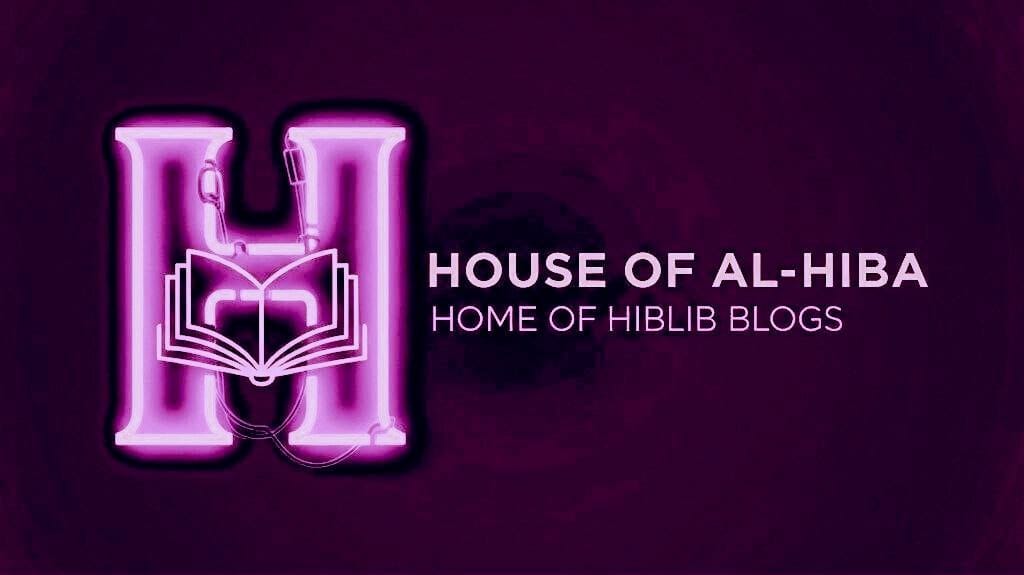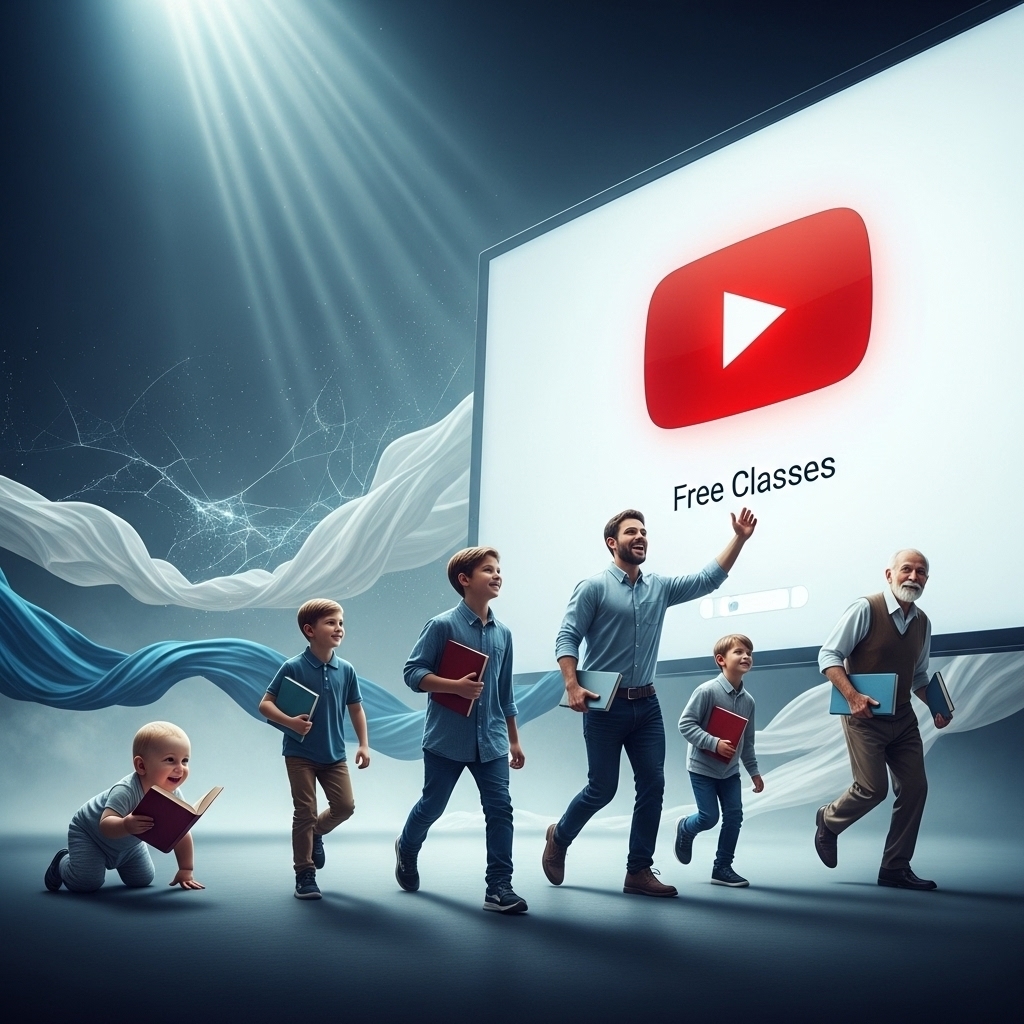Introduction
Education is no longer limited to classrooms. Today, anyone with an internet connection can access knowledge on virtually any topic. YouTube has become the world’s biggest university, offering millions of videos that teach everything from coding to cooking.
With over 2.7 billion logged-in users every month, YouTube provides a global platform for learning. But the key to success is choosing the right teacher. Without proper guidance, learners may waste hours on unhelpful videos or even absorb incorrect information.
This article will guide you on:
- Why YouTube is the largest university on Earth
- How to choose the right teacher
- Tips to maximize your learning
- Real-life examples of effective YouTube learning paths
By the end, you’ll know how to turn YouTube into your personal learning hub.
1. YouTube as the World’s Biggest University
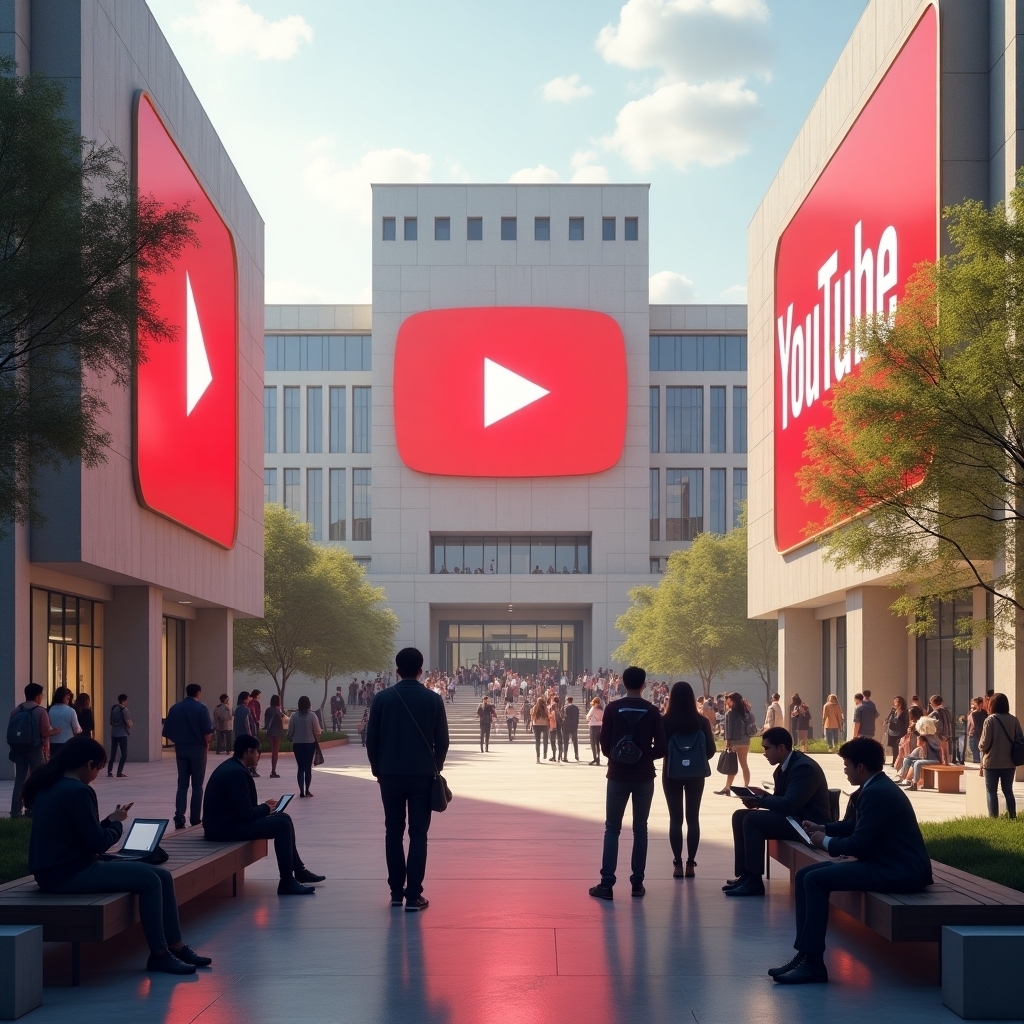
YouTube has changed the way the world learns:
- Global reach: Accessible anywhere in the world
- Unlimited content: Millions of subjects and topics are covered
- Flexible learning: Pause, rewind, and rewatch lessons anytime
- Cost-effective: Free lessons save thousands compared to traditional universities
Popular educational channels include:
- Khan Academy – Math, science, and economics lessons
- CrashCourse – Engaging courses in history, literature, and science
- TED-Ed – Animated lessons covering various topics
- Veritasium – Explains science concepts clearly
YouTube also allows interactive learning. Many channels encourage comments, questions, and discussions, helping learners clarify doubts immediately.
👉 Discover why many people are still ignoring AI and what the implications are for the future of technology and careers in our in-depth article.
2. Why Choosing the Right Teacher Matters

Not all content on YouTube is high-quality. The difference between effective learning and wasted time lies in choosing the right teacher.
Benefits of choosing the right teacher:
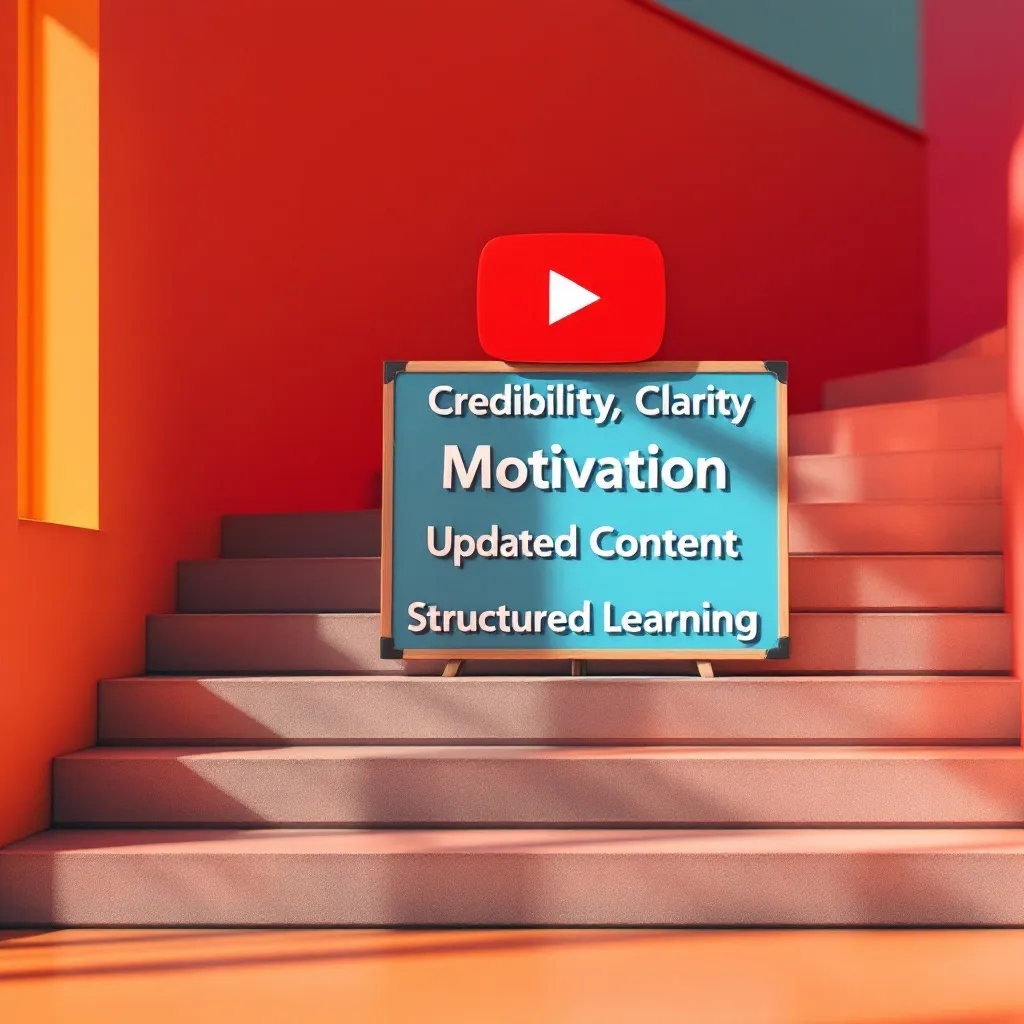
- Credibility: Verified experts provide reliable knowledge
- Clarity: Easy-to-understand explanations
- Motivation: Engaging content keeps learners consistent
- Updated Content: Accurate and current lessons
- Structured Learning: Organized playlists prevent confusion
Example: Learning Photoshop from a certified designer is far more effective than following a random channel with few views. The right teacher can also teach practical applications, helping learners gain skills they can use in real life.
So, don’t just watch randomly—subscribe to one trusted educational channel today and start learning with clarity and confidence.
3. How to Identify the Best YouTube Teachers
Finding the right teacher requires careful selection:
- Check credentials and experience of the creator
- Watch sample videos to judge clarity and teaching style
- Check engagement: Comments, likes, and subscriber count
- Use structured playlists for step-by-step learning
- Search smartly: Use keywords like “YouTube courses” to find organized content
Extra tips:
- Follow 2–3 trusted channels instead of random ones
- Look for creators who update their content regularly
4. Advantages of Learning on YouTube
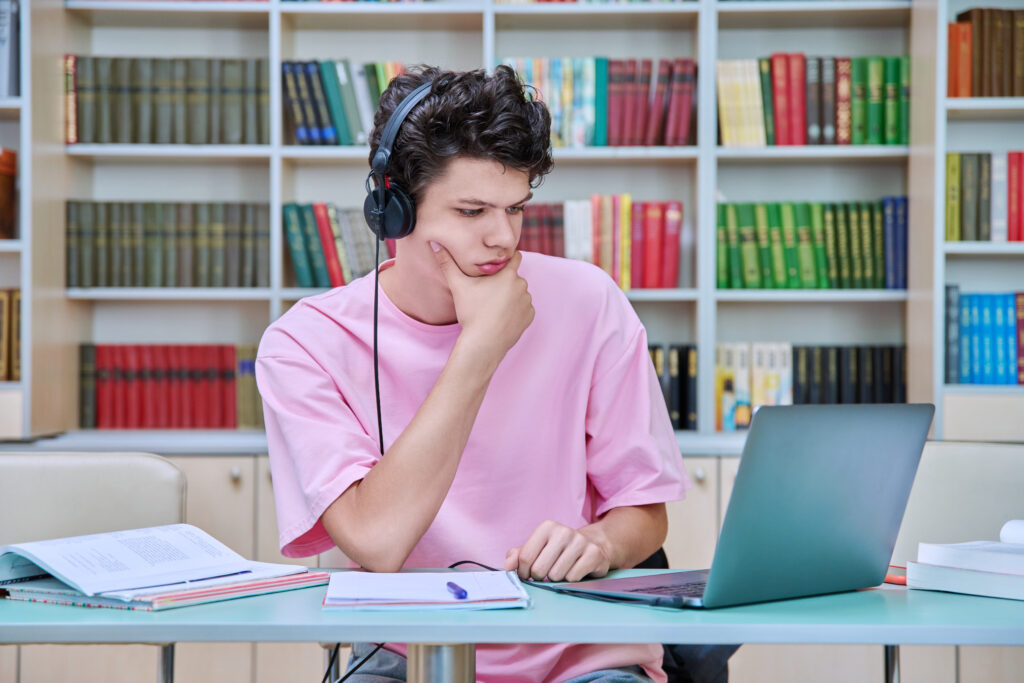
Learning on YouTube offers many unique benefits:
- Self-paced learning: Rewatch and pause lessons as needed
- Flexible schedule: Learn anytime, anywhere
- Access to niche topics: Rare skills not available locally can be learned online
- Cost-effective: Free lessons save money
- Global perspective: Learn from experts worldwide
Example: Students learning digital marketing can follow Neil Patel for SEO tips and HubSpot for marketing strategies.
Many channels also provide certificates or downloadable resources, helping learners track progress and apply knowledge effectively.
5. Challenges of Learning on YouTube and How to Overcome Them
Despite its advantages, YouTube learning comes with challenges:
- Misinformation: Some videos may have incorrect or outdated information
- Overwhelming choice: Millions of videos can confuse beginners
- Lack of structure: Videos may not follow a logical sequence
- Distractions: Ads or unrelated videos can reduce focus
How to overcome these challenges:
- Follow trusted channels consistently
- Use playlists for structured learning
- Take notes and practice actively
- Join communities or forums to clarify doubts
- Set daily or weekly learning goals to stay motivated
6. Examples of Effective YouTube Learning Paths
1. Programming and Technology

- freeCodeCamp: Beginner to advanced programming courses
- CS Dojo: Python tutorials and practical projects
- Traversy Media: Web development projects for hands-on learning
2. Science and Academics

- CrashCourse: Lessons in physics, chemistry, history, and more
- Veritasium: Explains complex science concepts clearly
- MinutePhysics: Short, animated physics lessons
3. Arts and Creativity

- Proko: Drawing, figure anatomy, and art tips
- Draw with Jazza: Digital art tutorials
4. Language Learning

- BBC Learning English: Grammar and pronunciation lessons
- Easy Languages: Learn languages with native speakers
Many channels also offer live sessions or project-based learning, making learning more interactive and effective.
7. Tips to Maximize Learning on YouTube
- Create Playlists to organize lessons
- Take Notes to reinforce memory
- Practice Actively through projects or exercises
- Consistency: Dedicate daily or weekly learning time
- Join Communities: Ask questions in comments or forums
- Combine Resources: Use YouTube along with books or online courses
- Track Progress: Set milestones to monitor improvement
- Teach Others: Sharing knowledge reinforces your own learning
Example: A student learning Spanish can follow Butterfly Spanish lessons, practice speaking daily, join language exchange groups, and help beginners to reinforce skills.
8. How YouTube Complements Traditional Education
- Extra explanations: Clarifies difficult topics
- Skill development: Learn coding, photography, Excel, and more
- Career preparation: Resume writing, interviews, and entrepreneurship
- Soft skills: Communication, time management, and problem-solving
Students can also record their learning journey and connect globally through peer-to-peer learning.
CTA Suggestion: Encourage students to combine YouTube with school or college studies for best results
9. Real-Life Success Stories
- Programming: Self-taught developers landed jobs using freeCodeCamp and CS Dojo
- Art & Design: Artists built portfolios and earned clients with Proko and Draw with Jazza
- Languages: Learners mastered English, Spanish, or Japanese using Easy Languages
- Entrepreneurship: Students learned digital marketing from Neil Patel and HubSpot
YouTube allows learners to start their own channels or businesses, turning education into real income.
10. Additional Tips for Effective YouTube Learning
- Avoid multitasking; focus solely on the video
- Use subtitles and transcripts for better understanding
- Bookmark useful videos for future reference
- Set challenges, e.g., learn 10 new words daily or code a small project weekly
- Mix content types: videos, blogs, and exercises
- Review older lessons regularly to strengthen memory
11. Future of Learning on YouTube
- AI recommendations will help learners find the right teacher faster
- Interactive quizzes will increase engagement
- VR lessons may offer immersive, hands-on learning
Example: A VR chemistry experiment on YouTube could allow students to mix chemicals virtually, making learning safer and more interactive
Wasting Youth on Entertainment Instead of Learning
Many people spend hours on YouTube day and night, but mostly for entertainment rather than taking full advantage of the platform for learning and practicing skills. YouTube offers countless opportunities to gain knowledge for free, yet people often prefer paying high fees for tuition instead. Ironically, many ignore free resources until they pay for something, even if it means borrowing money from others.
If we dedicate our youth to learning, we can achieve success earlier, even potentially retire early, and then enjoy entertainment freely. Yet, the irony is that most watch comedy or other entertaining content in their young age, and only end up working hard in their older years.
Conclusion
YouTube is the world’s biggest university. It provides free access, global reach, and limitless learning opportunities. But the secret to real success is choosing the right teacher.
By selecting credible channels, following structured playlists, practicing actively, and combining learning with projects, anyone can master skills. From programming and science to art and language, YouTube allows anyone to learn, grow, and succeed.
Start exploring today, pick the best teachers, and unlock the full potential of the world’s largest university — YouTube.
Frequently Asked Questions (FAQs)
1. What makes YouTube the world’s biggest university?
YouTube offers millions of free educational videos on almost every subject, making it the largest online learning platform globally.
2. How can I choose the right teacher on YouTube?
Look for verified credentials, high-quality content, clear explanations, structured playlists, and positive engagement from viewers.
3. Can I really learn skills for free on YouTube?
Yes! Many channels provide complete tutorials in programming, art, language, science, and more—without any cost.
4. Are YouTube courses as effective as traditional classes?
If you follow the right teachers, structured playlists, and practice regularly, YouTube can be just as effective for learning skills.
5. How do I avoid wasting time on low-quality videos?
Stick to trusted channels, check reviews and comments, and follow playlists instead of random videos.
6. Can YouTube help me prepare for a career?
Yes, YouTube has tutorials on coding, digital marketing, business, language skills, and many other professional topics.
7. How do I stay consistent while learning on YouTube?
Set daily or weekly goals, create playlists, take notes, and practice regularly to maintain a consistent learning habit.
8. Are there interactive learning options on YouTube?
Yes, many creators encourage comments, questions, quizzes, and even live sessions to make learning interactive.
9. Can I use YouTube learning alongside school or college?
Absolutely! YouTube can complement your formal education by explaining difficult topics and providing practical skills.
10. Is it necessary to follow multiple teachers on YouTube?
It’s best to follow 2–3 trusted teachers in your field to avoid confusion and get a consistent learning experience.
🌟 Best wishes from 🖊️ Syed Khaleelulla — YouTube: The Biggest University on Earth — Only If You Choose the Right Teacher
Some images and videos in this article were created with Envato GenX AI and are used under Envato Labs AI Product Terms.
